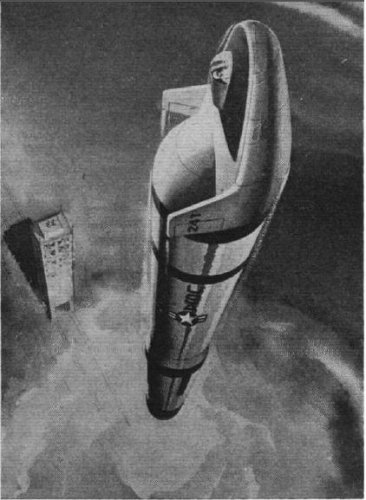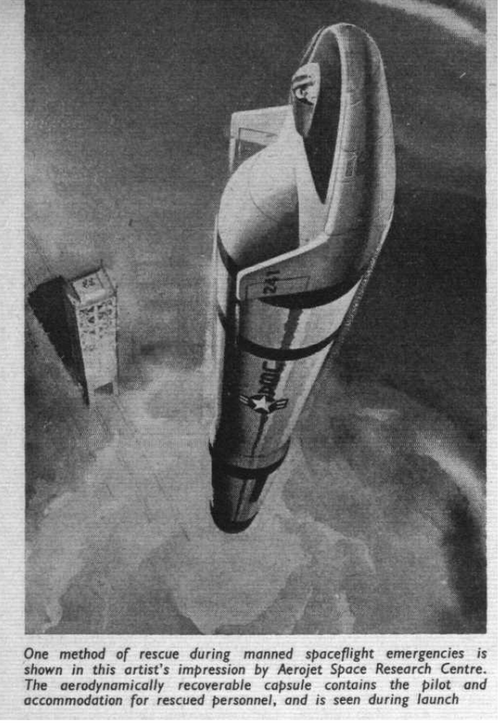- Joined
- 26 May 2006
- Messages
- 33,484
- Reaction score
- 13,534
Hi,
an artist impression from Aerojet Space Research Centre for
its rescue method.
an artist impression from Aerojet Space Research Centre for
its rescue method.
Attachments
Last edited:


![ajman_1972_futurespace_mi_1300a_label[1].jpg](/data/attachments/115/115427-b8deca1d8e53d2fcbc649718ed212906.jpg)
